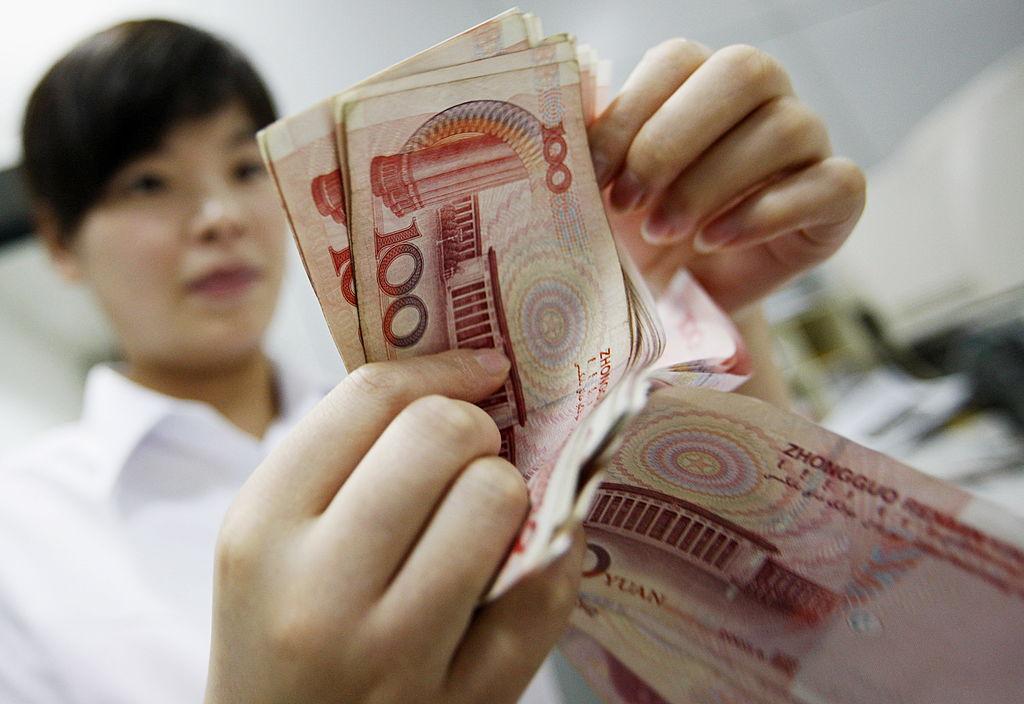The U.S. Treasury Department confirmed in a new foreign-exchange report that no major trading partner met the criteria to be labeled a currency manipulator in the four quarters through December 2022.
The Treasury regularly publishes a report that reviews and assesses the policies of major trading partners to determine if they are attempting to influence the exchange rate between the U.S. dollar and another currency, or weaken their currency to obtain an unfair competitive advantage in global trade.





